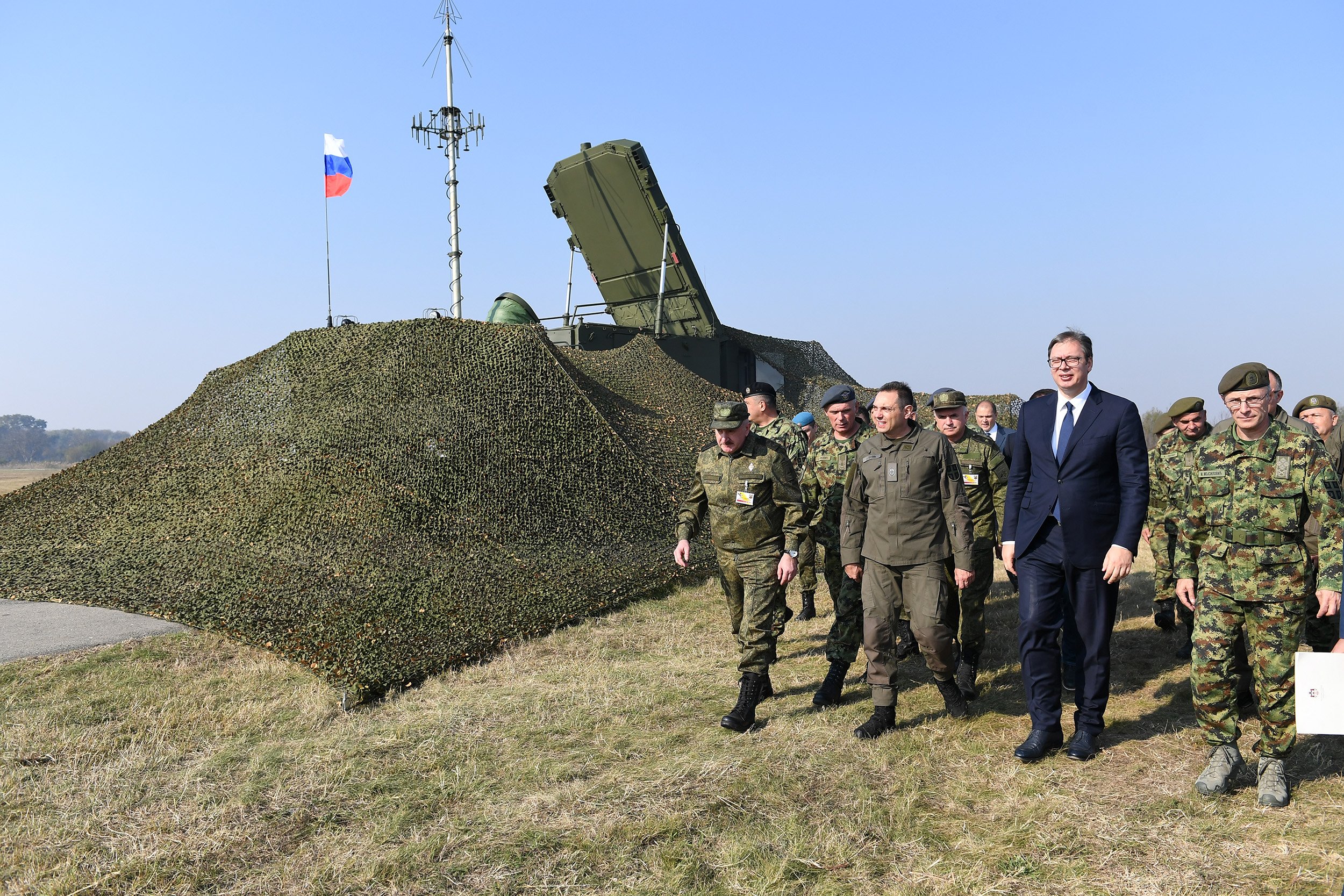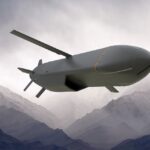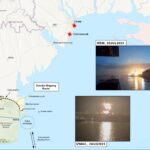Russia’s delivery of Pantsir-S1 surface-to-air missile (SAM) systems (NATO Reporting name: SA-22 “Greyhound”) to Serbia will commence in late February this year. The first shipment is rumored to consist of six Pantsir-S1 batteries.
The Pantsir-S1 is a road-mobile self-propelled SAM system designed to provide point air defense air defense against precision-guided attacks from short-to-medium range and low altitudes. The Pantsir’s main armament is the 57E6/E short-range SAM, which can engage targets at a range of 12 to 20 km and altitudes varying from 5 to 15 km. The Pantsir can carry a maximum of 12 SAMs. As a secondary capability, the battery is equipped with two 30mm twin-barrel cannons. The Pantsir’s sensor package consists of a target detection and designation radar, target and missile tracking radar, and electro-optical sensor systems.
CONTROVERSIAL COMBAT PERFORMANCE
Russia advertises the Pantsir as being a highly resilient air defense system against enemy anti-radiation missiles and drones, however, the Israeli Air Force (IAF) has repeatedly overwhelmed and destroyed Pantsir batteries operated by the Syrian Arab Air Force (SyAAF) in the past years. A Russian report also revealed that the Pantsir performed poorly in its role to defend the Russian 555th Khmeimim Air Base (Syra) against small consumer drones launched by the Syrian armed opposition groups. This forced Russia to deploy additional assets such as the Tor-M2 to reinforce its defenses after a drone attack damaged multiple aircraft in January, 2018.
SLAVIC SHIELD 2019
Serbian President Alexandar Vucic first announced that Belgrad had ordered the Pantsir SAM systems during a visit at “Slavic Shield 2019,” on October 24, 2019. As the first exercise between the Serbian Air Defense Units and the Russian Aerospace Forces, Slavic Shield 2019 deepened joint force interoperability and served as a technology demonstrator for Belgrade. During the event, Russia airlifted a multi-layered and diverse package of SAM systems to Milenko Pavlović Air Base in Batajnica (Serbia), including a S-400 SAM system (SA-21 “Growler) and several Pantsir-S1 batteries. This allowed Serbian military officials to inspect the equipment and simulate integration into Belgrad’s air defense network. In addition to the Pantsir, President Vucinic expressed interest in the S-400, but clarified that Serbia cannot afford the system.

Serbia President Vucic at “Slavic Shield 2019” Photo: Damirir Banda, MC Odbrana
Although Belgrad has repeatedly named Russia as it main defense partner and source of military donations, an official booklet of the Serbian Ministry of Defense shows that Serbia’s main military donor is the United States. Serbia received $10 million in military assistance from the U.S. in equipment and money between 2014 and 2018. Second on the donor list is China, which has donated around € 5.2 million, followed by Norway with € 586,000, Denmark with € 494,860 and the UK with £ 169,000, respectively.
- Russia Bombs Maternity Ward & Children’s Hospital in Mariupol As Part of Siege - 10 March 2022
- T-Intell’s OSINT Training Marks One Year Anniversary - 18 November 2021
- IS-K Never Left the Battlefield - 27 August 2021









